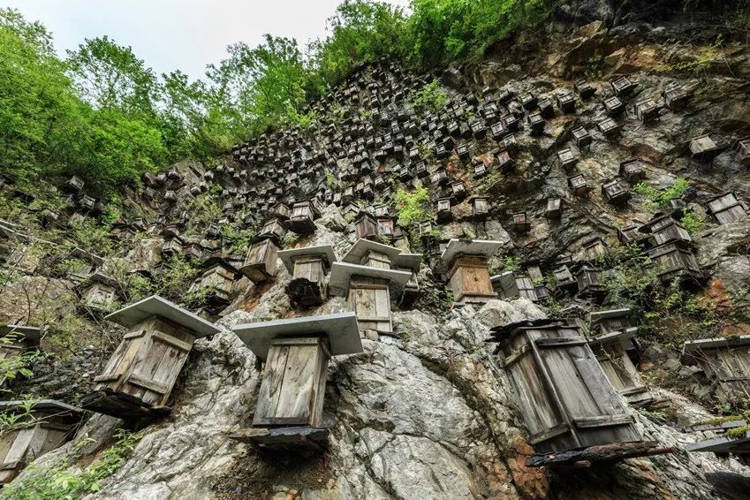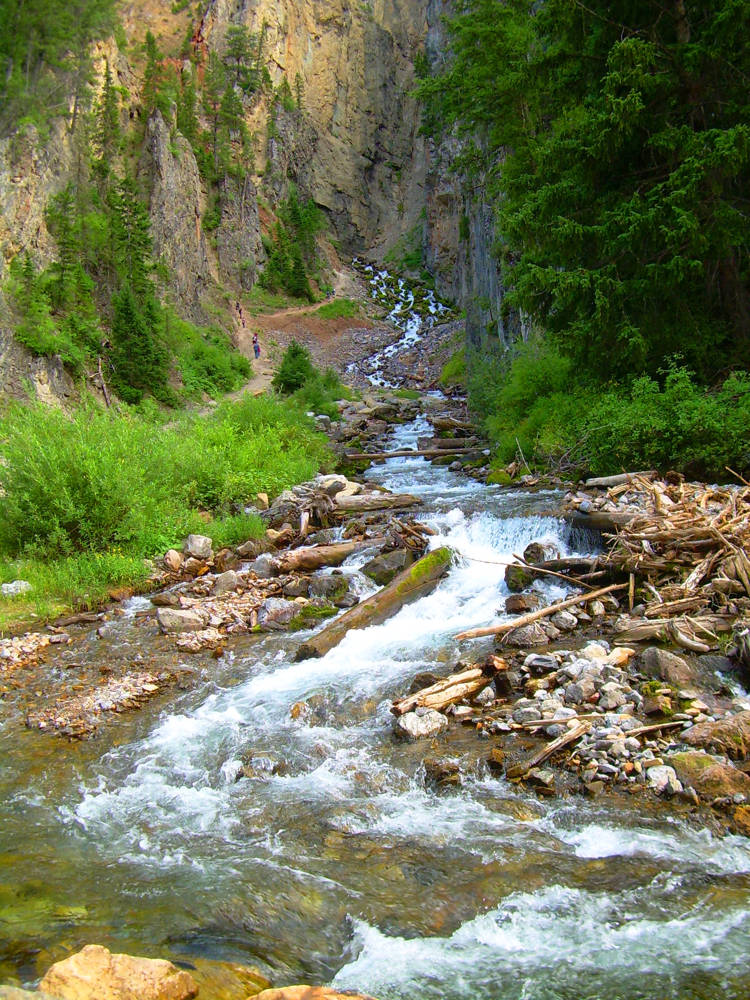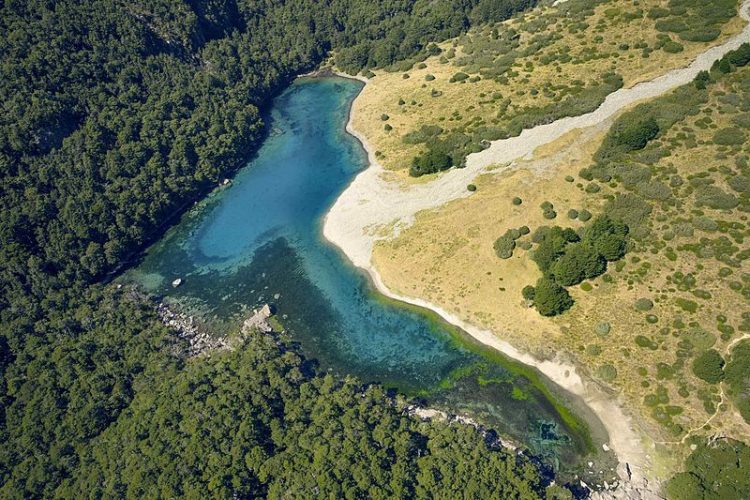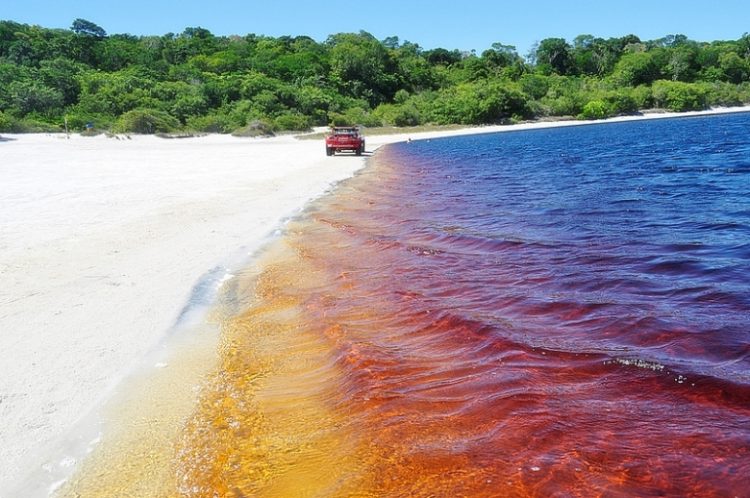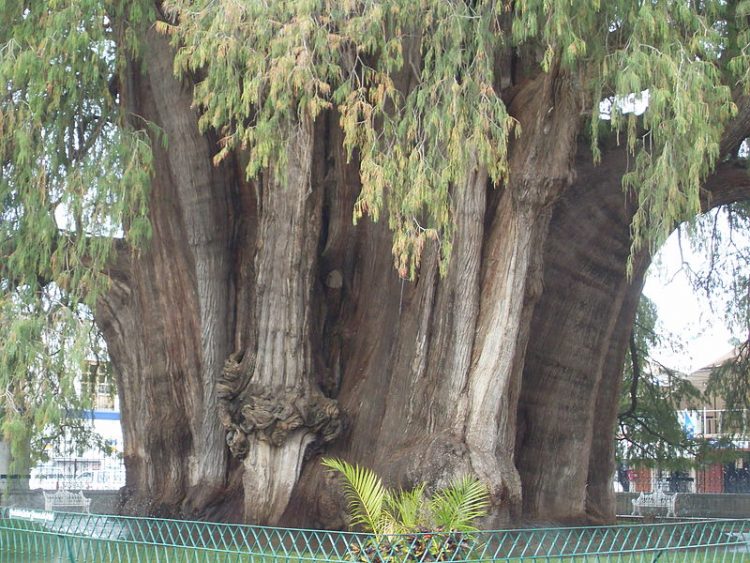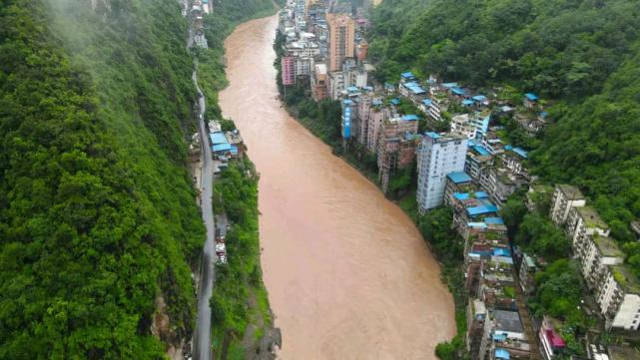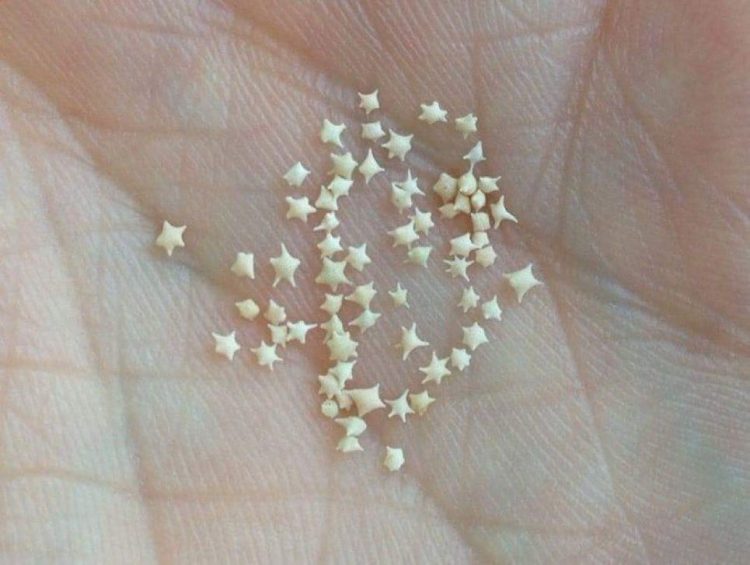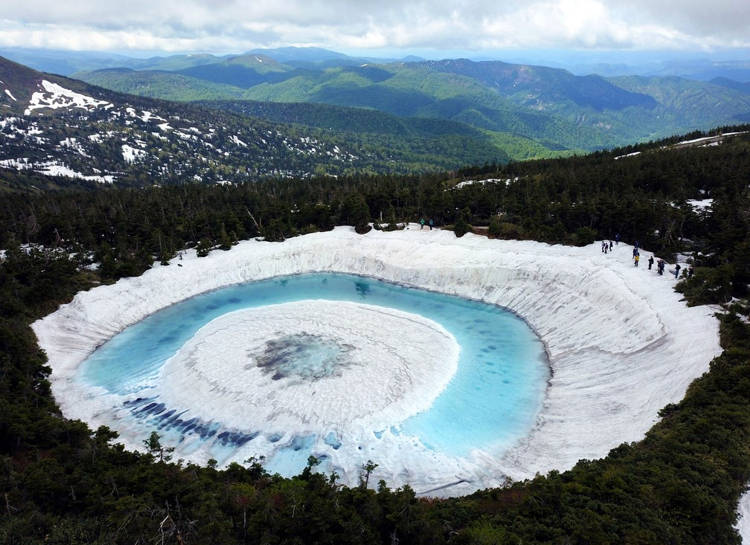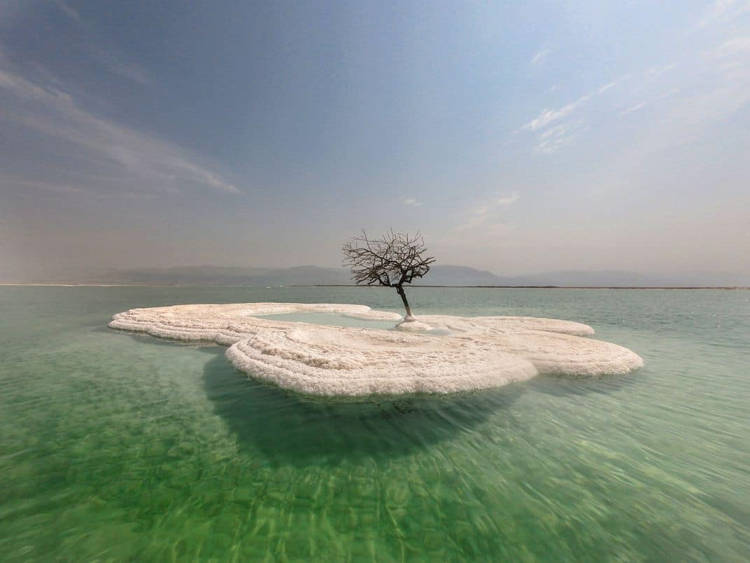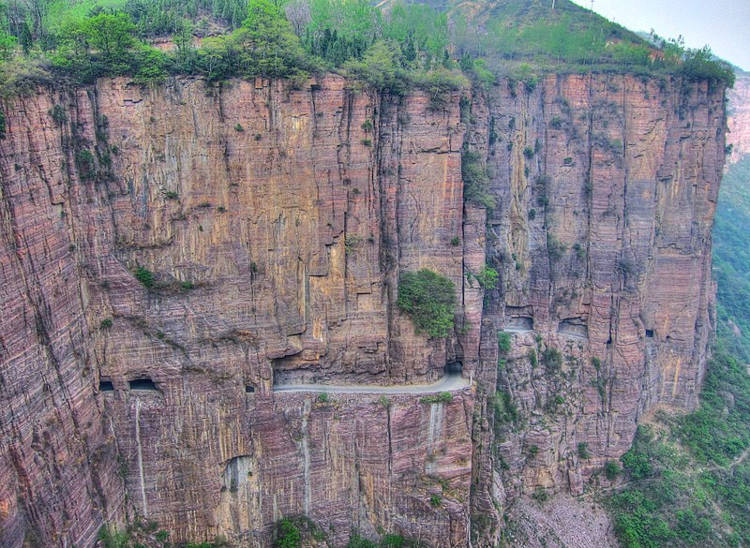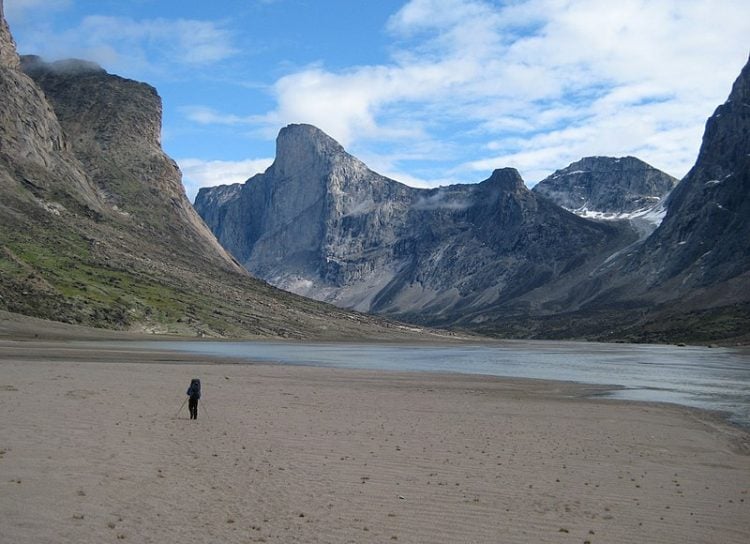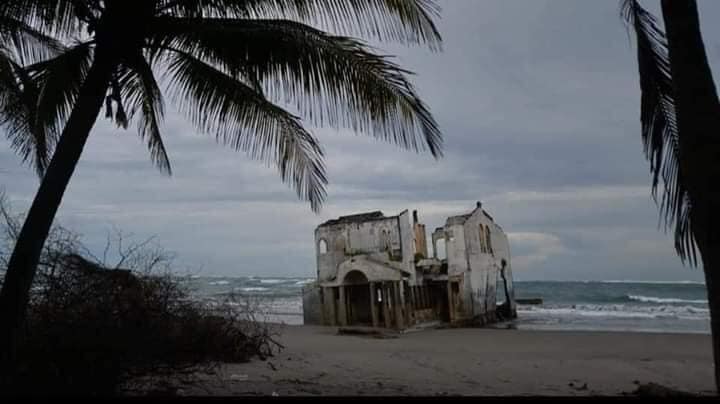A near-vertical cliff wall in the mountains of Shennongjia Nature Reserve, China’s Hubei Province, is home to over 700 wooden boxes which make up one of the country’s last sanctuaries for native wild bees.
Beekeeping has been carried out in China since at least the 2nd century AD, and roughly half of the world’s supply of honey comes from the Asian country, but few know that over 80% of the native bee population is now extinct. The introduction of the European honey bee (Apis Mellifera) is considered the main cause of the drastic decline of native Chinese bees. It has brought viral diseases, has been known to attack Chinese honeybee hives, and interfere with its mating rituals. Today, the Chinese honey bee (Apis Cerana Cerana) is listed as an endangered species, and the cliff-hanging hives of the Shennongjia Nature Reserve make up one of the few protected sanctuaries in the country.

